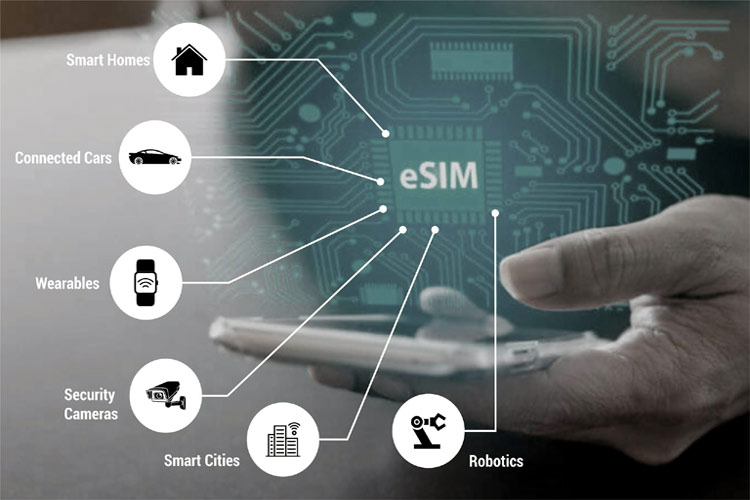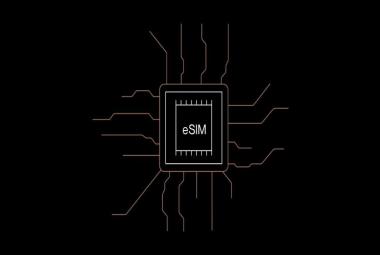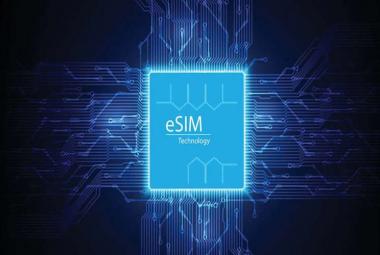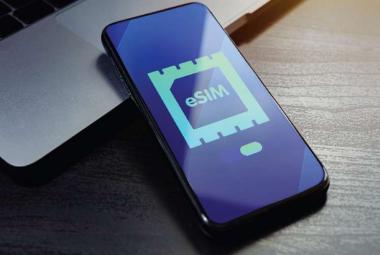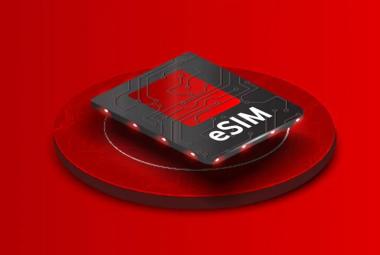The overall eSIM market is projected to increase to $16.3 billion by 2027 from $4.7 billion in 2023.
UK based global research firm Juniper Research has stated in its latest survey report that eSIM technology that is utilized by a number of IoT connections will augment from 22 million in 2023 to 195 million in 2027. The research report also added that the overall eSIM market is projected to increase to $16.3 billion by 2027 from $4.7 billion in 2023.
eSIM is nothing but in-built into a IoT device or smartphone’s main board, which is different from a physical SIM that requires to be inserted into a smartphone by the users. A SIM, which is embedded, appears with secured software and hardware that comprises subscribers details and additional specifications for connecting to the operator’s mobile network. Thales, the French international firm mentioned that eSIMs are utilized in a huge range of devices like smart meters, wearables, home automation, smartphones, handheld point of sales (POS) systems, and IoT asset tracking products.
In the automotive industry, eSIM can help decrease operating costs of the auto manufacturers, while also enhancing customer experience. The eSIMs can be managed by the auto firms under a managed service model other than outsourcing it to the telcos. It can assist car owners to track their rented vehicles, while also helping the aggregator firms to monitor their fleets effectively. Moreover, the live location tracking and other location based services in a vehicle can also be improved by eSIM technology.
Agriculture is another key area where eSIM is playing an important role. Software firm KORE recently said that harvesters throughout the world have claimed that their precision farming is vastly improved by eSIM for IoT. In various countries, large-scale farming has severe intricacies that can be countered by central network management that can aid in tracking people, equipment, and livestock via cost-effective and smaller devices.
Now, when we speak of shipping and logistics, tracked assets can be shipped anywhere with the help of eSIM and it can be outfitted on any telecom networks. With the help of this technology, telecom companies can alter network profiles as required using remote SIM provisioning. With this, tracking prices are reduced, while also low power M2M modules.
In smart cities, smart monitoring systems can be improved with a SIM that is embedded, which helps in analyzing numerous metrics like traffic patterns, water and electricity consumption, waste collection etc., that can transform and revolutionize people’s lives. When it comes to the wearables segment, sensors can be paired in connected medical devices with connectivity in numerous applications such as pulse oximeters, weight scales, and thermometers. Data collated from these applications can be sent to cloud-based dais that can be supervised by the healthcare experts. It is extremely crucial for remote healthcare delivery and patient care.






